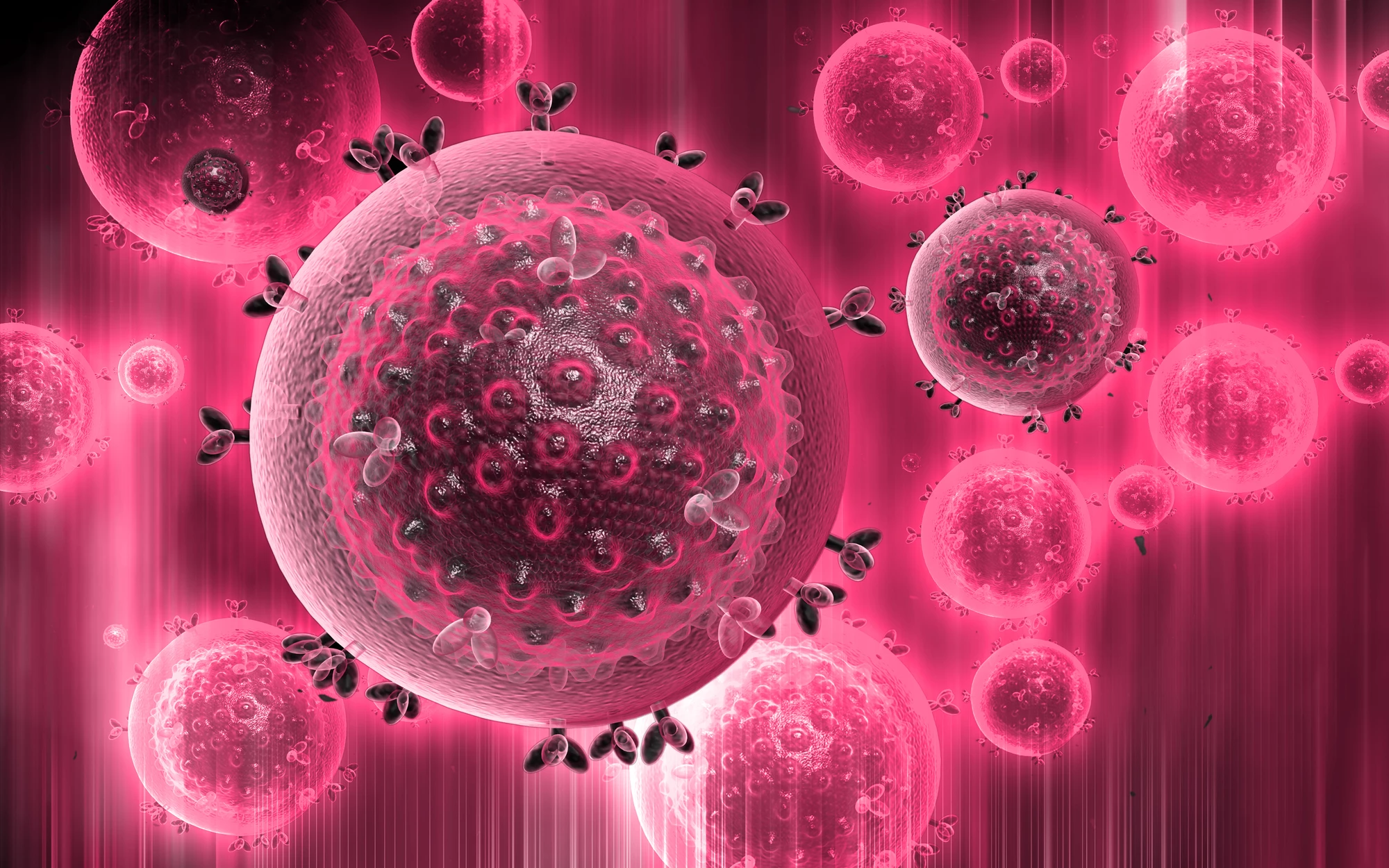A 53-year-old from Düsseldorf in Germany has become the third person in the world to be completely cured of HIV following a stem cell transplant using donor cells with a particular genetic mutation.
Like the “Berlin patient” and the “London patient” before him, the “Düsseldorf patient” received treatment for an acute blood disease and, in the process, was cured of infection with the human immunodeficiency virus type 1 (HIV-1), according to a recent study published by the University Hospital, Düsseldorf.
HIV is classified into two main types: HIV-1 and HIV-2. When we refer to HIV, we are generally referring to HIV-1, which is more prevalent worldwide. HIV-2 is less pathogenic, and infection with that subtype of the virus is mostly confined to West Africa. Any reference to HIV in this article is a reference to HIV-1.
HIV can remain in the body even when people are administered antiretroviral therapy (ART), which is a treatment and not a cure. But allogeneic hematopoietic stem cell transplantation (HSCT) – the scientific term for a bone marrow transplant – has been shown to substantially reduce the viral reservoir, the dormant HIV inside cells that can be reactivated if ART is stopped. The term "allogeneic" means the transplanted stem cells are genetically different; they are from a person other than the recipient.
The patient had been diagnosed HIV positive in January 2008. He was diagnosed as having acute myeloid leukemia (AML), a life-threatening form of blood cancer, in 2011, six months after starting HIV treatment at University Hospital. In 2013, he received a stem cell transplant, primarily as a treatment for his AML.
The transplanted stem cells were chosen for a particular mutation found on the CCR5 gene. The CCR5 co-receptor on the body’s immune cells plays an important role in HIV infection, acting as a “docking site” through which HIV can enter the cell.
A homozygous mutation of the CCR5 gene, the CR5Δ32/Δ32 mutation, removes the docking site in both copies of the gene (maternal and paternal), preventing the virus’ entry into the cell and leading to widespread HIV resistance.
Stem cells with the same genetic mutation were used to treat the Berlin and London patients. As with the previous cases, cells with the CR5Δ32/Δ32
mutation were used because they treat both AML and HIV.
“Right from the start, the aim of the transplantation was to get both the leukemia and the HI virus under control,” said Professor Guido Kobbe, who carried out the transplant procedure and is a co-author of the study.
Monitoring the Düsseldorf patient’s progress over many years, doctors found that he showed persistent HIV suppression almost 10 years after the transplantation and four years after ART was stopped. The patient is in complete remission from both AML and HIV.
“After our intensive research, we can now confirm that it is fundamentally possible to stop the replication of the HI virus in the long term by combining two essential methods. This is on the one hand the extensive emptying of the virus reservoir in long-lived immune cells and on the other hand the transfer of the HIV resistance of the donor immune system to the recipient,” said Dr Björn-Erik Ole Jensen, the study’s lead author.
The study demonstrates the important progress made in the fight against HIV.
The development of gene editing technology such as CRISPR could mean that the kind of stem cells transplanted into the Düsseldorf patient are able to be created in a laboratory rather than harvested from donors.
The study was published in the journal Nature Medicine.
Source: University Hospital, Düsseldorf/Heinrich Heine University, Düsseldorf





